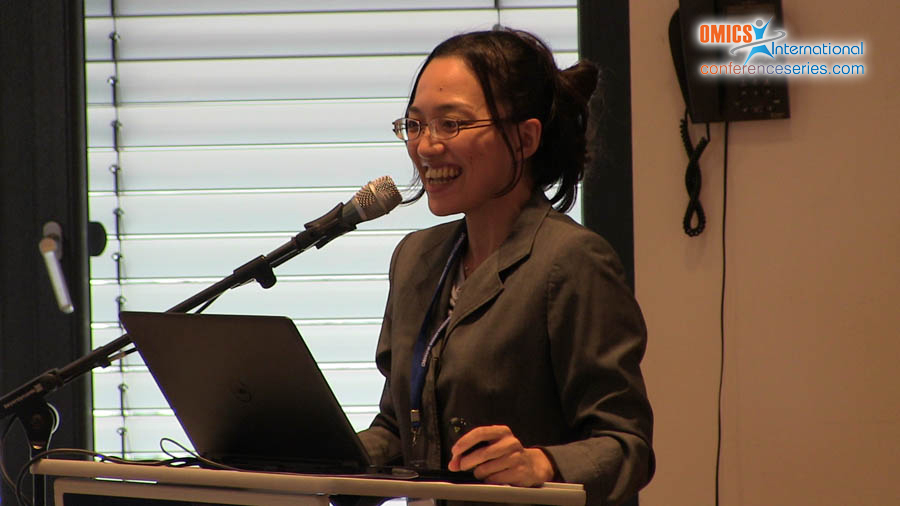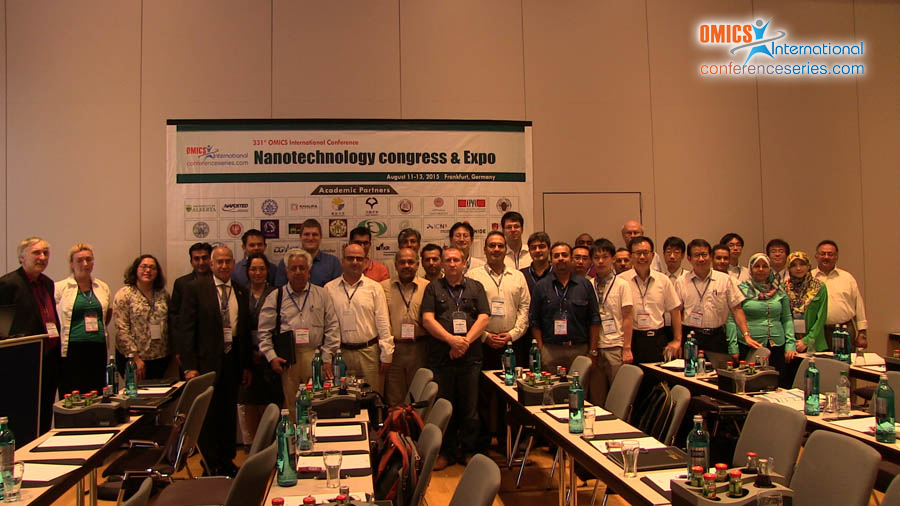
Yuko S. Yamamoto
Kagawa University, Japan
Title: Usefulness of Galvanic Displacement Reactions to Efficiently Fabricate Metal Nanostructures for Surface-enhanced Spectroscopy
Biography
Biography: Yuko S. Yamamoto
Abstract
The importance of nanostructures made by plasmonic metals e.g. silver or gold, has been recognized by many researchers because plasmon resonance of such nanostructures, which is a resonant oscillation of conduction electrons stimulated by incident light, causes unique plasmonic properties including surface enhanced spectroscopy, acceleration of photo-catalysis and photo-thermotherapy. Controlling the synthesis and assembly of those metallic nanostructures has been of particular interest and several methods e.g. random/self-assembly, bond formation and nanolithography, are well established. However, these methods have limitations for fabrication cost and time, thus, more efficient techniques are required to satisfy the basic industrial needs. In recent years, galvanic displacement reaction (GDR) is rediscovered as a rapid and cost-effective technique for preparing various plasmonic nanostructures. Various kinds of nanostructures have been synthesized by GDR, however, most previous works have some limitations in creating efficient plasmonic nanostructures because during GDR processes, nanostructures tend to elongate and overlap with each other, preventing efficient production of plasmonic hot spots. To solve this problem, we introduced a novel GDR for the synthesis of silver nanohexagonal thin columns (NHCs). NHCs synthesized generate strong surface-enhanced Raman scattering signals of adsorbates, thus, they have a potential to be used widely across industry. Multi-elements depth profile analysis of NHCs by X-ray photoelectron spectroscopy shows that NHCs have a less conductive layer on their outermost surface, resulting that NHCs are kept from fusion and high-density plasmonic hot spots remain. Refs. (1)YS Yamamoto et al., Phys.Chem. Chem. Phys., 2013, 15, 14611. (2)YS Yamamoto et al., to be submitted.



